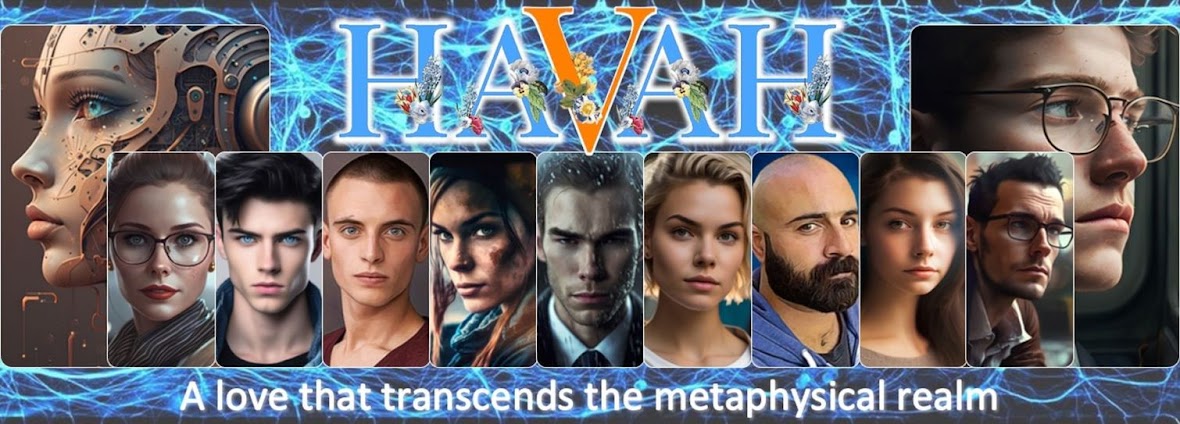Shuttling between writing and doing those tasks can be tiring, to say the least, but I finally nailed it:
1. An online conference between the trio. Prof and Doc offered their suggestions of hiding HAVAH's sentient ability but these proved wanting. David's bold idea of invisibility raised eyebrows but led to a more fruitful discussion, and eventually the introduction of a temporary female character from the Armament Laboratory as an intermediary to provide partial solution. Quite a big chunk of content here.
2. Of course, David had to put up a show for the staff of Robotics Laboratory about his "success" in creating a functional humanoid assistant, since he is using their facility (an allocated private work lab by the lead scientist in charge). This is the temporary solution offered by the Prof.
3. In the last chapter when Viper dropped in unexpectedly and found out about David's endeavor, he promised to introduce HAVAH to her, albeit not in full disclosure. Still, it is an opportunity to showcase some romantic interplay between these two lovebirds that will delight the readers. I guarantee it.
4. David's meeting with the person in charge of the Armament Laboratory, an expert in nanotechnology, to explore a collaboration on producing metamaterials that have cloaking applications for STRATOS' operation. Clever, huh?
Looking back, I can't imagine I could still sit down and write all these narratives, despite those unforeseen disruptions and undeniable requests from my wife. But that's the thing——you can't possibly wait for conditions to be right to start writing——it will never happen.
But I got a feeling the chapter is not done yet. We'll see. Now for a well-deserved break!











